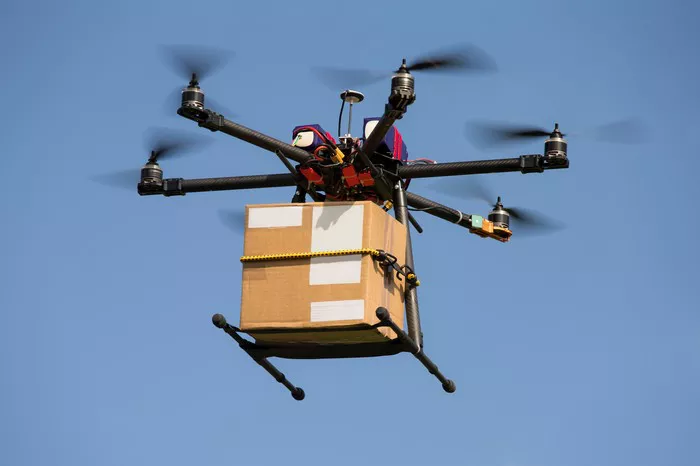MIT researchers have developed a groundbreaking AI-based control system that helps autonomous drones stay on course amid unpredictable winds—like the swirling Santa Ana gusts in California’s Sierra Nevada.
Traditional flight controllers struggle with unknown disturbances during flight, but this new adaptive algorithm requires no prior knowledge of the wind’s structure. Instead, it learns from just 15 minutes of flight data, enabling drones to rapidly adjust to changing conditions in real time.
Unlike conventional methods relying on fixed optimization algorithms, this system uses meta-learning—a form of machine learning that teaches the controller to select the best adaptation algorithm on the fly, based on the specific wind disturbances encountered. This flexibility boosts tracking accuracy by 50% compared to existing techniques in simulations and performs well even when facing wind speeds not seen during training.
“The concurrent learning of these components is what gives our method its strength,” said Navid Azizan, assistant professor in MIT’s Department of Mechanical Engineering and senior author of the study. “By leveraging meta-learning, our controller can automatically make choices best suited for quick adaptation.”
The system replaces traditional disturbance models with a neural network that learns the wind’s behavior from data, removing the need for manual programming of wind conditions. It also automatically picks the optimal mirror descent algorithm—a family of optimization methods—to minimize trajectory errors, adapting dynamically to the problem’s geometry.
Lead author Sunbochen Tang, a graduate student at MIT, explained, “Choosing the right algorithm matters a lot in reducing tracking error. Our method finds the best one automatically.”
During training, the controller sees a variety of wind scenarios to learn a shared representation, allowing it to adapt efficiently to different disturbances during flight. In tests, the system maintained accurate trajectories even under wind conditions far stronger than those used in training, outperforming baseline methods more significantly as wind intensity increased.
The team is now conducting hardware experiments with real drones to validate their approach under diverse environmental conditions. Future work aims to handle multiple simultaneous disturbances—such as shifting payloads caused by changing winds—and explore continual learning so drones can keep adapting over time without full retraining.
Experts like Caltech’s Babak Hassibi praise this research for its innovative combination of meta-learning and adaptive control, highlighting its potential impact on autonomous systems operating in complex, uncertain environments.
This work was supported by MathWorks, the MIT-IBM Watson AI Lab, the MIT-Amazon Science Hub, and the MIT-Google Program for Computing Innovation.
Related topics:

